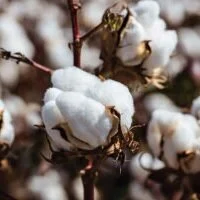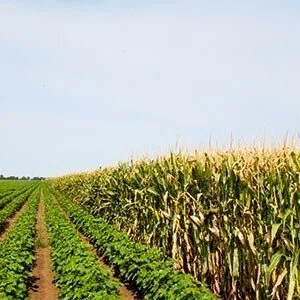The February USDA WASDE report did not elicit the pronounced market reaction observed last month. However, the grains exhibited technical selling in the futures market. With that, the corn and soybean markets will be watching for changes in South American production (weather) and export activity which could trigger technical influence in the market as the U.S. planting season approaches.
Read MoreCottonseed companies from across the Cotton Belt provide information about their headliners for the upcoming season to assist growers in making varietal choices.
Read MoreAs it did throughout 2020, the National Cotton Council will seek any necessary COVID-19-related assistance for its members in 2021.
Read MoreAgricultural producers who have not yet enrolled in the Agriculture Risk Coverage (ARC) or Price Loss Coverage (PLC) programs for 2021 must do so by March 15. Producers who have not yet signed a 2021 enrollment contract or who want to make an election change should contact their local USDA Farm Service Agency (FSA) office to make an appointment. Program enrollment for 2021 is required in order to participate in the programs, but elections for the 2021 crop year are optional and otherwise remain the same as elections made for 2020.
Read MoreLouisiana pesticide applicator recertification looks a little different than in years past. Beginning in the late summer of 2020 the LSU AgCenter worked with Louisiana Department of Agriculture and Forestry (LDAF) to provide different options for commercial pesticide applicators to become recertified to meet state and federal requirements.
Read MoreVan Murphy, a cotton grower from Quitman, GA, was elected Chairman of the Board of Cotton Incorporated at the Cotton Board and Cotton Incorporated Joint Meeting in December 2020. Murphy brings a long history of service and experience to the Chairmanship, a two-year term that commences in 2021.
Read MoreSeveral Webinars about crops to be grown this upcoming season have been scheduled by the Louisiana Agricultural Consultants Association.
Read More“Round up usual suspects.” That line from the classic movie Casablanca offers a good starting point for cotton farmers preparing for 2021 insect strategies.
Read MoreDifferent farm program payments across crops have been an on-going US farm policy issue, with the focus often on high per acre payments to cotton, peanuts, and rice. Coppess discusses this issue extensively. An important economic question is, “Have different payments impacted the geographical distribution of US crops?”
Read MoreDaniel Stephenson, an LSU AgCenter weed scientist, has been named to the Jack Hamilton Chair in Cotton Production effective Feb. 1.
Stephenson has been with the AgCenter since 2008 and is based at the Dean Lee Research and Extension Center near Alexandria. His work focuses on identifying effective weed control strategies in row crops, including cotton.
Read MoreThe sky isn’t falling with the Cotton Leafroll Dwarf Virus, CLRDV with efforts underway across the Cotton Belt to take on the disease. That’s the message Steve Brown, Auburn University Extension cotton agronomist, delivered to the virtual annual meeting of Southern Cotton Growers and Southeastern Cotton Ginners Jan. 14.
Read MoreThe president and CEO of Staplcotn expects cotton acreage to be down in the United States in 2021 due to the challenges of harvesting the 2020 crop and a move to alternative crops.
Read MoreJan. 20 marked a new transition of power as Joe Biden was sworn in as the new president of the United States, leaving most wondering how his administration’s policies will affect us over the next four years. Jody Campiche, director of economics and policy analysis at the National Cotton Council in Memphis, Tennessee, weighed in on how the cotton industry is expected be impacted by Biden’s picks and policies during his term.
Read MoreUSDA deregulated a new Bt cotton trait, the first of its kind to target plant bugs and thrips, on Jan. 16. The cotton trait, MON 88702, was developed by Monsanto and is now owned by Bayer, which is branding it as ThryvOn cotton.
Read MoreAverage spot quotations were up 89 points from the previous week, according to the USDA, Agricultural Marketing Service’s Cotton and Tobacco Program. Quotations for the base quality of cotton (color 41, leaf 4, staple 34, mike 35-36 and 43-49, strength 27.0-28.9, and uniformity 81.0-81.9) in the seven designated markets averaged 77.41 cents per pound for the week ending Thursday, January 21, 2021.
Read More














